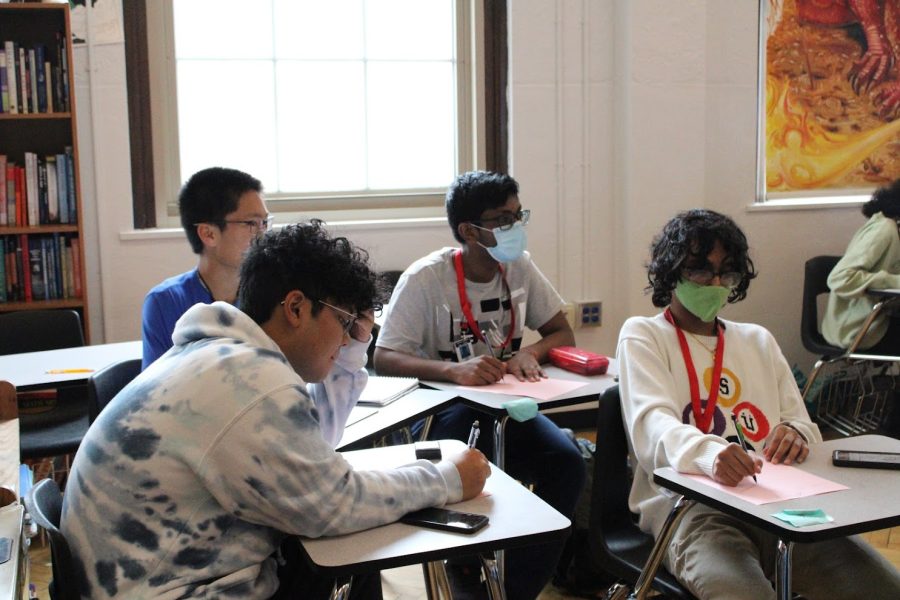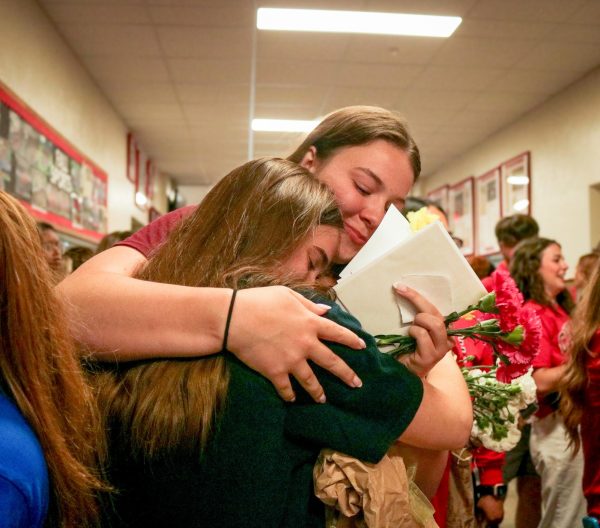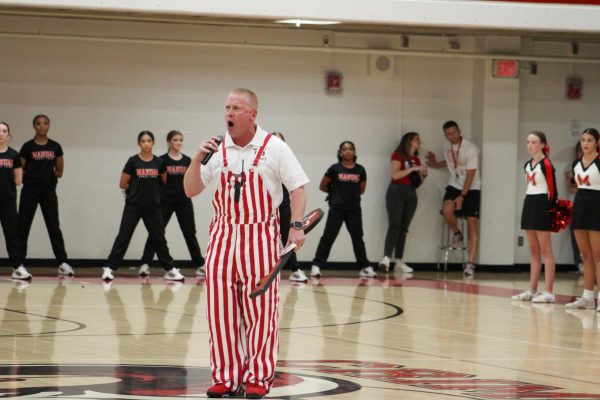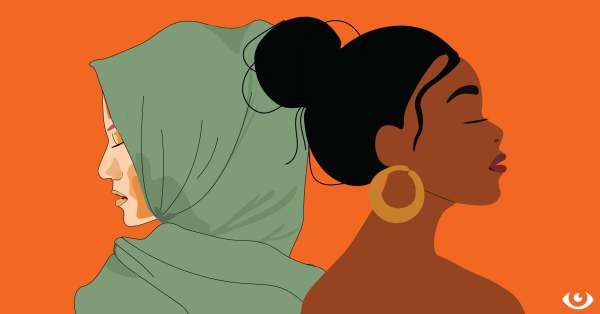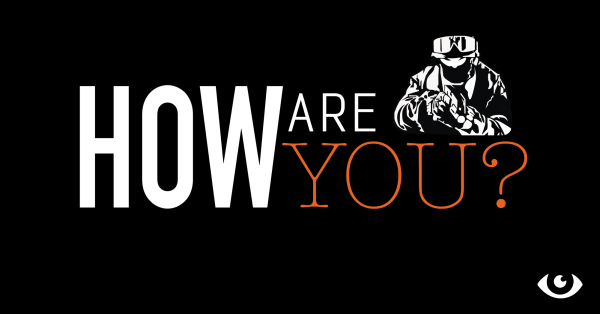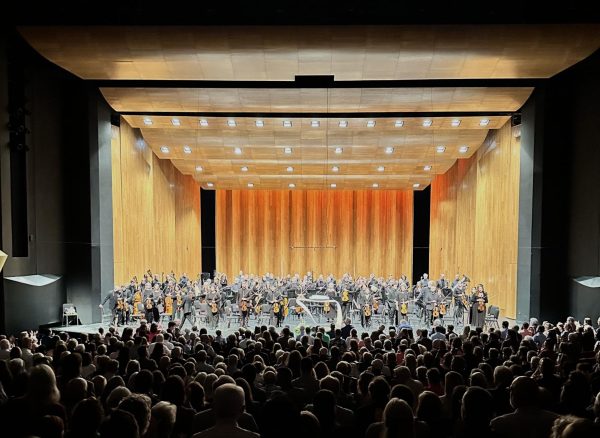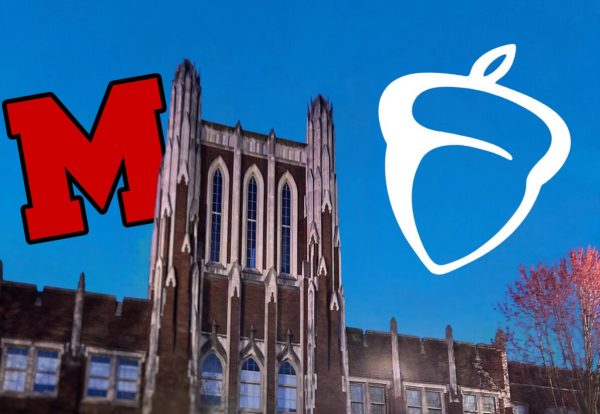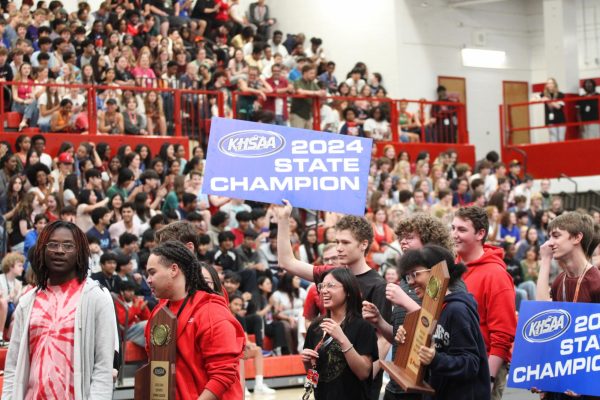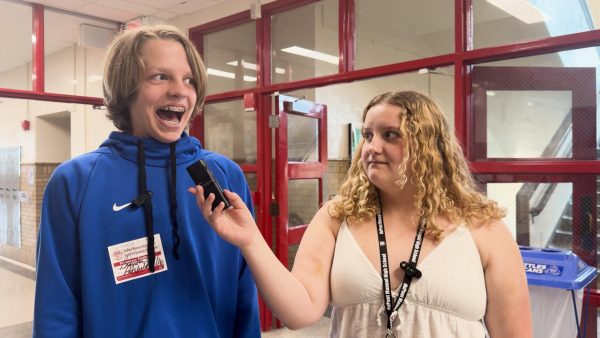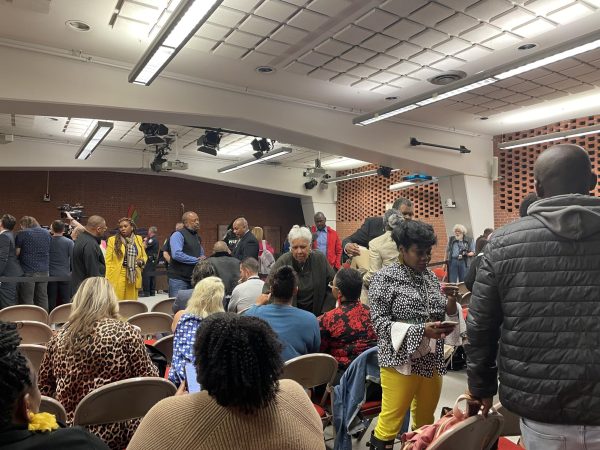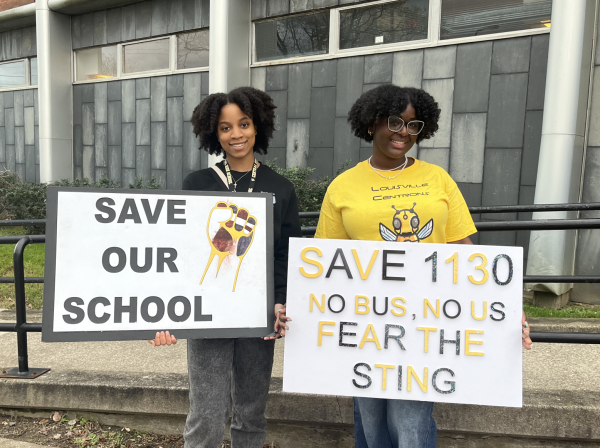MST students respond to their magnet stereotypes
A group of MST students participate in a class lab. Photo by Kaavya Thirumurugan.
November 25, 2022
At Manual, a student’s magnet seems to become a part of their identity. You hear that someone is in MST, VA or YPAS, and you feel as though you know them somehow. As soon as you hear the acronym, the assumptions begin.
For the first installment of RedEye’s series on magnet based stereotypes, we look at the Math, Science and Technology (MST) magnet. Some students preferred to remain anonymous so that they could feel comfortable providing honest and candid feedback. Students addressed their experience with stereotyping, their decision to apply to MST and the best and worst parts of the magnet.
When asked about magnet based stereotypes, MST students report being described as nerds, burned out, having lots of homework, arrogant, boring, inactive, cheaters, rich, having no social skills, try-hards and more.
Some stereotypes arise more than others, including that MST students are intelligent.
“People believe if you are in MST you must be a super genius, that you have the answers to the homework,” Caleb Singleton (MST, 11) said.
It is no secret that academics are highly prioritized, and that intelligence is highly valued at Manual. MST seems to be the epitome of this emphasis on intellect, as MST students seem to be highly regarded for their academic capabilities, high test scores and impressive science fair projects. However, grouping an entire magnet’s students together under one generalization can sometimes lead to unnecessary envy or resentment.
A negative aspect of being a MST student is the stress they are put under by their rigorous class schedules and status within the school.
“The pressure of being the top students in the school,” Pal Patel (MST, 10) said.
When students are known to excel at something, there can be an overwhelming pressure for them to perform well. Added stress and pressure can have negative effects on their mental health and overall wellness.
As for students outside of the magnet, they may see themselves as inferior to MST students. These types of self esteem issues can be harmful for high schoolers who are still developing emotionally.
However, Mrs. Jessie Newhouse, a MST and Advanced Biology teacher, recognizes that both MST and non-MST students are academically impressive.
“My Advanced Biology classes are a mix of the other magnets and I have plenty of amazing conversations with my HSU, VA, YPAS and J&C students. I love to hear about how students connect things they are learning in other classes to the content in Biology,” Newhouse said.
A similar stereotype to the “intelligent” label is that MST students are overly dedicated to academics.
“People think we’re all nerds that like to do homework for six hours,” a MST freshman said.
It is hard to know if MST students are more often praised or ridiculed for their dedication to their studies. In either case, it is problematic because these assumptions don’t reflect how each person truly feels, leading to negative stereotypes being presumed. There are likely students who do homework for six hours a night, but there are also plenty of other students who do not. Again, grouping the entirety of MST into a single generalization overlooks the realities of each individual.
Race based stereotypes were mentioned by students as well.
“Too many people say all the Asians are in MST. A decent amount are, but I swear they’re not all in MST,” a MST sophomore said.
There is a perception, even in popular culture, that Asians are good at math, science and technology. While it is true that many Asian students have this interest and talent, they are not the only ones. Likewise there are also Asian students that are not interested in these subjects at all.
Due to the inherent nature of MST, it is clear the program naturally attracts students with passion for and talent in math, science, and technology.
“The magnet best suits my interests,” Nicholas Dixon (MST, 10) said.
“I wanted to do engineering in college,” Nicholas Bowman (MST, 12) said, highlighting the consideration of future college and career goals for students when applying to their magnet .
The prestige of the magnet attracted current students as well. Many remarked at how impressive MST sounds both on applications and in conversations outside of school.
“Telling other Indian parents I’m in Manual MST,” Krish Shah (MST, 9) said when asked what the best part of MST is.
“It makes people think you’re smart,” a MST sophomore added.
As for the worst parts of MST, oftentimes students mentioned the science fair. Others note the workload and the difficulty of the classes in general, along with the resulting stress and pressure that come along with them.
While the magnet has a specialized focus, most MST students and teachers want their fellow Crimsons to know they are more than just their academic stereotypes.
“My MST students are all unique and have a variety of interests. Some of them are artists, some are musicians, and some are writers. I love having such a diverse set of students with different backgrounds,” Mrs. Newhouse said.
“We aren’t as nerdy as we are all portrayed as. Some of us are passionate about lots of other non-school related things,” one MST junior said.
MST students recognize that while their magnet is stereotyped, it is not about them personally. Non-MST students who make these generalizations are not doing so out of malice. In order to make sense of the world around them, adolescent brains naturally make quick connections that may or may not actually be there, resulting in stereotypes.
High school is a time for students to find their true passions and build their sense of identity. The magnet system offers a place for students to do that, but it is crucial to remember that students need not be defined by their magnet, but rather by their individual interests and personalities.
Note: Post-publish edits were made to this article, including the interview with Mrs. Newhouse.


